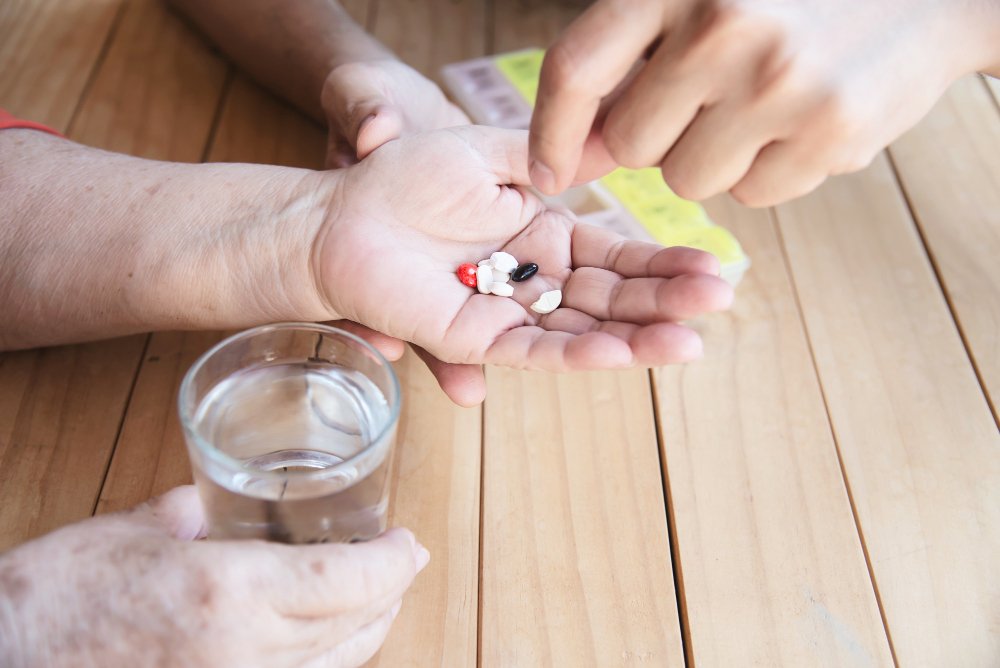Overview
Drug-induced lupus (DIL) is an autoimmune condition triggered by certain medications, leading to symptoms similar to systemic lupus erythematosus (SLE). In South Korea, awareness of DIL is increasing as more patients use long-term medications for hypertension, heart disease, or infections. Although generally reversible upon discontinuing the causative drug, prompt recognition is important to prevent organ involvement and prolonged illness.
What is Drug-Induced Lupus?
Drug-induced lupus is a condition in which certain medications provoke the immune system to attack the body’s own tissues, causing inflammation. It primarily affects adults, and the clinical presentation can resemble SLE, though DIL usually resolves after stopping the offending drug. Common drugs implicated include antihypertensives, antiarrhythmics, and some antibiotics.
Symptoms
Symptoms of DIL may include:
- Fever
- Joint pain and swelling (arthralgia/arthritis)
- Muscle pain (myalgia)
- Fatigue and malaise
- Rash, often on sun-exposed areas
- Chest pain due to inflammation of the lining around the heart or lungs
- Less commonly, kidney or brain involvement
Causes
DIL is caused by an immune reaction triggered by certain medications. Common causative drugs include:
- Hydralazine (for hypertension)
- Procainamide (antiarrhythmic)
- Isoniazid (for tuberculosis)
- Minocycline (antibiotic)
- Certain anti-seizure medications
The reaction occurs due to the body producing autoantibodies in response to these drugs.
Risk Factors
Factors increasing susceptibility to DIL include:
- Female sex (slightly higher prevalence)
- Genetic predisposition (slow acetylator status in drug metabolism)
- Long-term use of high-dose medications
- Existing autoimmune disorders
Complications
Although DIL is usually mild, complications may arise if untreated:
- Persistent joint inflammation
- Severe skin rashes
- Cardiac or pulmonary involvement
- Rarely, kidney involvement if misdiagnosed as systemic lupus
Prevention
Preventive measures include:
- Careful monitoring when prescribing high-risk drugs
- Avoiding unnecessary long-term use of implicated medications
- Educating patients to report joint pain, rashes, or fever
- Periodic blood tests to detect early autoimmune markers
Treatment Options in Korea
Treatment in South Korea involves discontinuation of the causative drug and supportive therapy:
Medical Management:
- Immediate cessation of the offending medication
- Use of anti-inflammatory medications (e.g., NSAIDs) for joint pain
- Corticosteroids in severe cases to reduce inflammation
Supportive Care:
- Monitoring for symptom resolution
- Blood tests for autoantibodies (ANA, anti-histone antibodies)
- Patient education to prevent re-exposure
Specialized Care:
- Rheumatology departments in Korean hospitals provide expert management for DIL
- Severe or complicated cases may require referral to tertiary care centers for comprehensive autoimmune evaluation
Early diagnosis and drug cessation generally result in full recovery, making awareness and timely intervention critical for patients in Korea.













